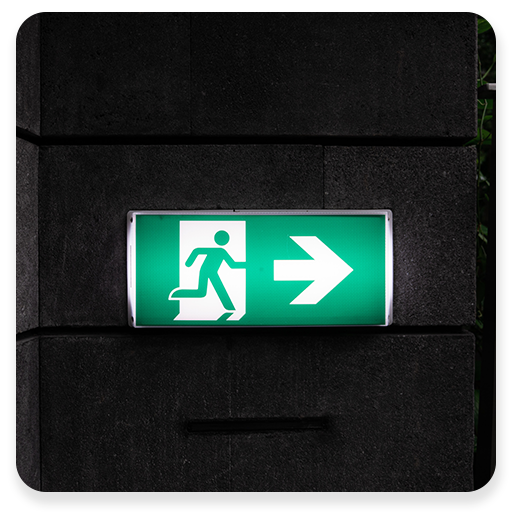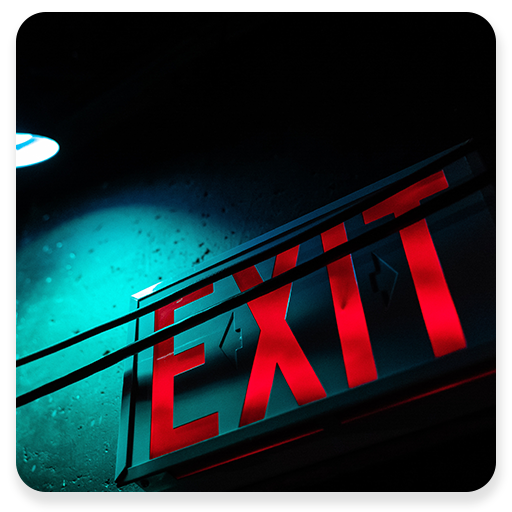Emergency Lighting


Emergency lighting such as emergency escape lighting, standby lighting, fire safety signs and luminaires are provided for use when the supply to the normal lighting fails, and are an essential requirement in the workplace.
It is a duty holder’s legal responsibility to ensure the health, safety and welfare of their employees at work. Our periodic inspection and testing of emergency lighting installations will verify (as far as is reasonably practicable) that the emergency installations are in a safe condition and will support you in becoming compliant with current legislation. This includes the fundamental requirements of the Electricity at Work Regulations 1989, The Workplace Health, Safety and Welfare Regulations 1992, The Health and Safety Regulations 1996 and the Building Regulations 2000, the Regulatory Reform (Fire Safety) Order 2005 and BS 5266-1:2016.
Before the inspection, diagrams, charts, escape route plans (showing fire alarm call points, firefighting equipment, signs, high risk areas, structural features and open areas) and previous periodic or routine inspection reports should be made available to the Inspecting Engineer, as required by the above regulations.
A thorough inspection (where practicable) is then performed, examining:
- Safety
- Wear and tear
- Corrosion
- Damage
- Age
- External influences
- Suitability
To support compliance, inspections should be completed over various frequencies. The length of time between testing is determined by considering manufacturer’s guidance, the decision and recommendation factors governing deterioration, the zone of use and the results from any previous inspections undertaken. We recommend that daily, monthly and annual inspections and testing of emergency lighting are carried out.
Daily:
- Daily visual inspections should be made to establish that the system is in a ready state. This includes an inspection of the indicators of a central power supply system for correct operation and the indicators of combined luminaires.
Monthly:
- If automatic testing is incorporated, results of the tests must be recorded monthly.
- For manual systems, a functional test and various checks must be carried out to ensure that emergency lighting is present, clean and working competently in the event of failure to the normal lighting supply. For centrally supplied systems, the correct operation of system monitors and control relays are also checked and generator sets are tested to their manufacturer’s instructions.
-
- Where automatic testing facilities are installed, a full rated duration test is carried out annually. Every emergency luminaire including illuminated signs are tested in accordance with the manufacturers information and several checks are made to ensure that there is adequate means of a test facility (key switch), and that emergency lighting is present, clean and functioning correctly.
- Centrally supplied battery systems are also inspected annually to ensure that the cells are balanced in output voltage and that connections are secure. Generator sets are tested to their manufacturer’s instructions.
Customer Reviews


